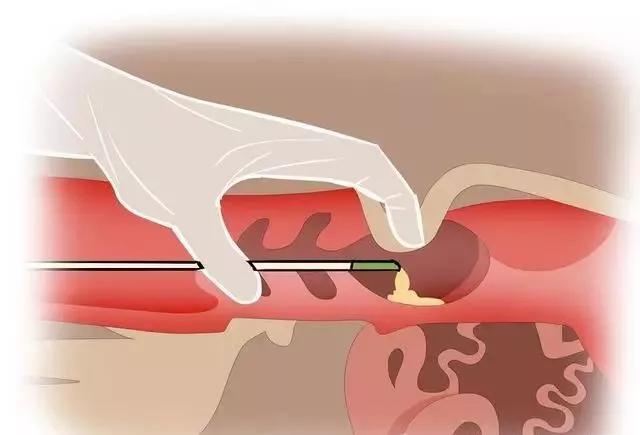Difficulty in placental separation: The placenta is low in maturity. Aborted cows often have symptoms of retained placenta due to low placental maturity. This condition is affected by the gestation time when the fetus is discharged. Abortion, premature birth, etc. can cause endocrine disorders in dairy cows, and their delivery is difficult, which affects the growth of the placenta and the contraction of the uterus, inducing symptoms of retained placenta. Therefore, premature dairy cows are more likely to have retained placenta. It is necessary to use cattle B-ultrasound for sexual examination to avoid this situation. Villous edema, non-infectious edema is prone to occur on the placenta after delivery, and the incidence rate is higher in cows with cesarean section and long uterine torsion time. When cows have retained placenta, they will have symptoms of strong uterine contraction, which makes the uterine caruncle congested, leading to the occurrence of villous edema. In addition, this condition will also affect the discharge of villous blood. The main means is to use cattle B-ultrasound to frequently check the blood flow. When villous edema spreads to its end, the glandular crypt pressure will remain high, resulting in the connection between the mother and the fetal placenta, which will cause the symptoms of retained placenta.
Placental tissue necrosis is also a cause of retained placenta. The necrosis symptoms may already exist before delivery, making it difficult to separate the placenta, so it is necessary to use cattle B-ultrasound for regular inspection. Placental aging is a symptom of connective tissue hyperplasia in the maternal placenta. The placenta is heavier than normal, causing the maternal placenta and the fetal placenta to be embedded in each other and difficult to dislodge. Placental aging can also lead to endocrine disorders, and the estrogen and oxytocin in the cow's body are reduced, so it is more difficult to separate the placenta. The cause of placental congestion is generally not paid attention to by everyone. Congestion may occur before delivery. It is caused by the umbilical cord blood vessels contracting too quickly. The congestion of the umbilical cord blood vessels causes the villi to be embedded in the glandular crypts. Placentitis is caused by the cow's own disease infection. Mastitis, laminitis, peritonitis, etc. are all prone to cause placentitis in pregnant cows. Cows use B-ultrasound to check their conditions. Placental inflammation causes connective tissue hyperplasia, which causes retained placenta.








